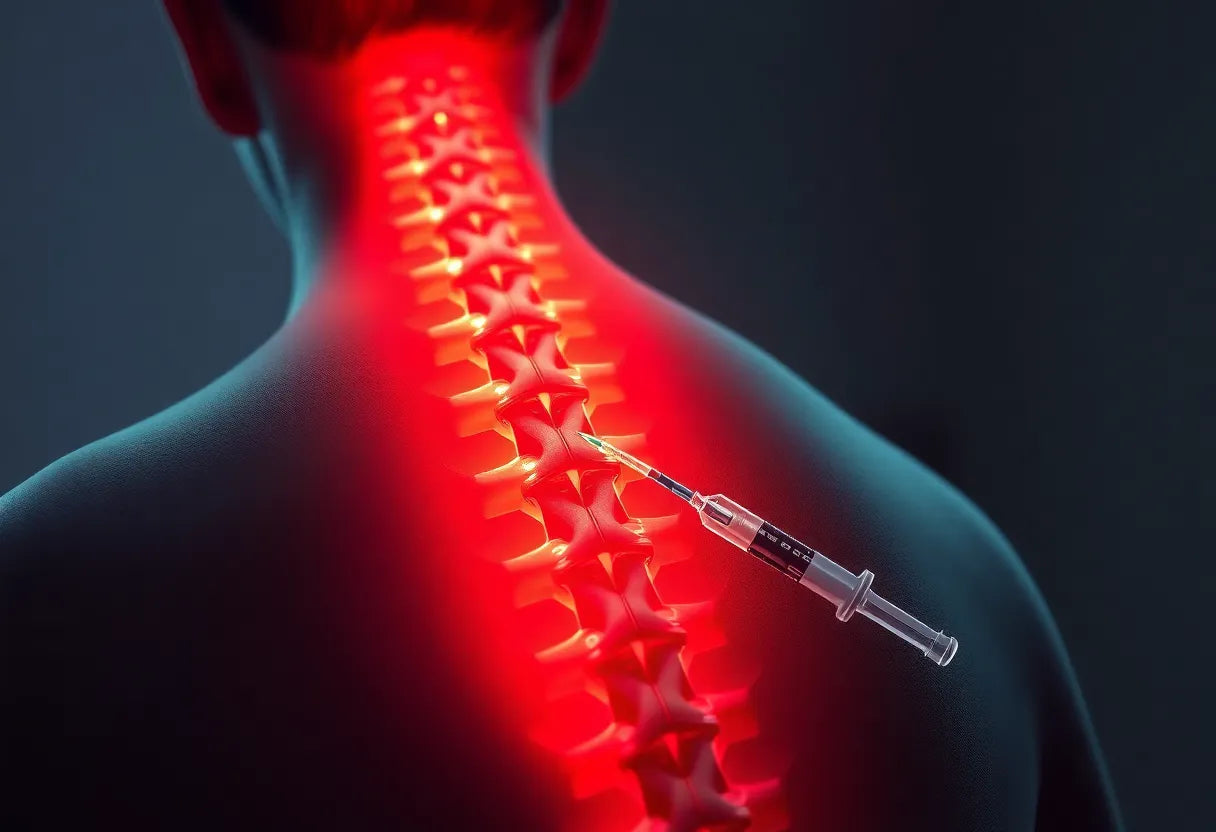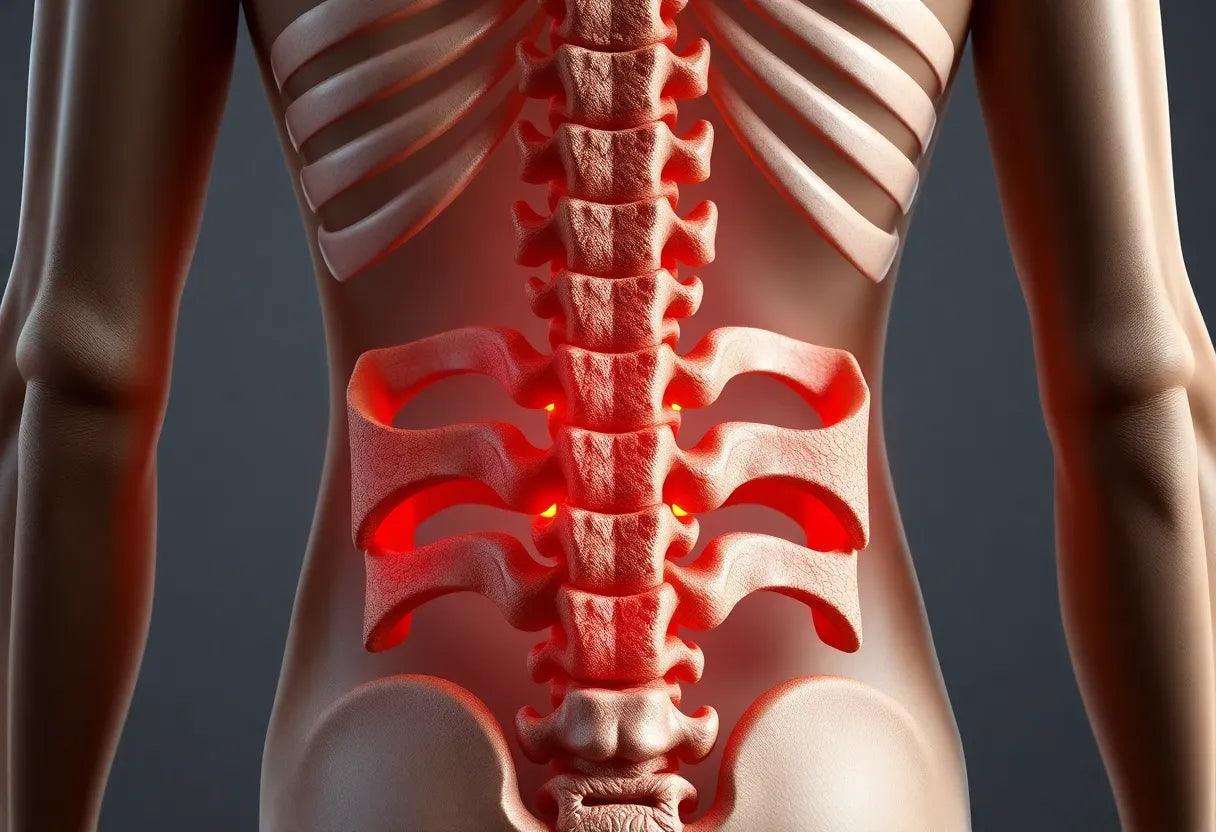Experiencing pain in the buttock area is more common than one might think, and it's a source of frustration for many. This type of discomfort can significantly disrupt daily activities, making simple tasks like sitting, walking, or even sleeping a challenge. The buttock area, being a central part of our body's movement and support system, plays a crucial role in our overall mobility and comfort. When pain arises here, it can feel like a persistent nuisance that affects your quality of life.
understanding the issue
Understanding the root cause of buttock pain is essential for effective management and relief. Without a clear diagnosis, attempts to alleviate the pain might only provide temporary or inadequate solutions. The buttock area is complex, involving muscles, nerves, and joints, each of which can be the source of discomfort. Identifying whether the pain is due to a muscle strain, nerve compression, or other underlying issues is the first step toward finding relief.
There are several potential causes of pain in the buttock, ranging from muscle strain and sciatica to piriformis syndrome and bursitis. Each condition has its own set of symptoms and treatment options, making it important to pinpoint the exact cause. This post aims to shed light on these various causes, helping you understand what might be contributing to your discomfort.
objective of the post
The primary goal of this post is to explore the causes, symptoms, and potential relief strategies for buttock pain. By delving into the specifics of each condition, we hope to provide you with a comprehensive understanding that empowers you to take informed steps toward alleviating your discomfort. Whether you're dealing with a minor muscle strain or a more complex issue like sciatica, having the right information can make all the difference in your journey to recovery.
Stay tuned as we delve deeper into the key causes and conditions associated with buttock pain, offering insights and practical advice that can help you find the relief you seek.
key causes and conditions of buttock pain
When it comes to understanding the root of pain in the buttock, several conditions stand out as common culprits. Each has distinct characteristics and requires different approaches for relief. Let's delve into some of the primary causes.
muscle strain
Muscle strain in the buttocks is often the result of overuse or injury, particularly in the gluteal muscles. This type of strain can occur during activities that involve repetitive motions or intense physical exertion. The symptoms typically include pain, stiffness, and discomfort localized in the buttocks, which can make movements like sitting or bending challenging. Rest and gentle stretching exercises are usually effective in alleviating these symptoms, promoting recovery and preventing further strain.
sciatica
Sciatica is a condition that results from the compression or irritation of the sciatic nerve, which runs from the lower back through the buttocks and down each leg. This nerve compression often leads to sharp pain, tingling, or weakness that radiates from the lower back to the buttocks and extends down the leg. The pain can be debilitating, affecting mobility and quality of life. Treatment typically involves physical therapy, medications, and in some cases, surgical interventions to relieve the pressure on the nerve.

Lumbar support belt
Stabilises and relieves pain in the lower back—ideal for sciatica and herniated discs.
piriformis syndrome
Piriformis syndrome is another condition closely linked to the sciatic nerve. It occurs when the piriformis muscle, located in the buttock region, spasms or becomes tight, irritating the sciatic nerve. This irritation causes pain and discomfort in the buttocks, which may also radiate down the leg. Symptoms often mimic those of sciatica, making diagnosis crucial for effective treatment. Stretching, physical therapy, and sometimes injections are used to manage the symptoms and relieve the pain.
bursitis
Bursitis, particularly ischial bursitis, involves the inflammation of the bursae—small, fluid-filled sacs that cushion the bones, tendons, and muscles near the joints. This inflammation can cause significant pain when sitting or moving, as the bursae become irritated and swollen. Localized pain and swelling are common symptoms, and treatment usually involves rest, ice application, and anti-inflammatory medications to reduce the swelling and alleviate pain.
infections and cysts
Infections and cysts, such as perirectal abscesses and pilonidal cysts, can also be sources of pain in the buttock. These conditions result in localized swelling, redness, and tenderness, often requiring medical intervention for resolution. Infections can lead to more severe complications if left untreated, so it's important to seek medical advice if these symptoms are present. Treatment typically involves antibiotics or surgical drainage to address the underlying issue.
symptoms and signs of buttock pain
Recognizing the symptoms associated with buttock pain is vital for determining the appropriate course of action. The nature of the pain can vary widely, from sharp and piercing to dull and aching, depending on the underlying cause.
Additional symptoms may include numbness, tingling, or weakness in the legs, which can affect mobility and the ability to perform everyday tasks. Difficulty walking or sitting for extended periods is also common, particularly if the pain is related to conditions like sciatica or bursitis. Understanding these symptoms can help in identifying the cause and seeking effective treatment.
In the following section, we'll explore various treatment and relief strategies that can provide comfort and improve quality of life for those suffering from buttock pain.
effective treatment and relief strategies for buttock pain
Finding relief from buttock pain requires a multifaceted approach, tailored to the underlying cause and severity of the symptoms. Here, we explore both home remedies and medical interventions that can help alleviate discomfort and improve your quality of life.
home remedies
For minor strains and discomfort, several home remedies can be effective. Rest is crucial, allowing the affected muscles or nerves to heal without further strain. Applying ice packs can reduce inflammation and numb the area, while heat therapy can relax tight muscles and improve blood flow. Over-the-counter pain relievers, such as ibuprofen or acetaminophen, can also help manage pain and reduce inflammation.
medical interventions
When home remedies are insufficient, medical interventions may be necessary. Physical therapy is often recommended to strengthen the muscles and improve flexibility, helping to prevent future injuries. In cases of severe pain or conditions like piriformis syndrome or herniated disks, injections or surgery might be considered to relieve pressure on the nerves and provide long-term relief.
ergonomic solutions
Incorporating ergonomic solutions into your daily routine can significantly alleviate buttock pain and prevent its recurrence. Ergonomic chairs and cushions provide proper support, reducing strain on the buttocks and lower back. Maintaining proper posture while sitting and standing is essential, as it helps distribute weight evenly and minimizes stress on the muscles and joints. Simple adjustments, such as ensuring your feet are flat on the floor and your back is supported, can make a substantial difference.

Men's Posture Shirt™ - Black
Patenteret T-shirt, der aktiverer og støtter muskler, lindrer smerter og forbedrer holdning.
conclusion
Understanding the root cause of buttock pain is key to finding effective treatment and relief. By identifying whether the pain stems from muscle strain, nerve compression, or other conditions, you can choose the appropriate strategies to manage your symptoms. While home remedies may suffice for minor issues, seeking professional medical advice is crucial for persistent or severe pain. Incorporating ergonomic solutions can also enhance comfort and prevent further discomfort, supporting a healthier, pain-free lifestyle.
frequently asked questions
What causes pain in the buttock while sitting?
Pain in the buttock while sitting is often caused by conditions such as bursitis or muscle strain. Bursitis involves inflammation of the bursae, leading to pain when pressure is applied, such as during prolonged sitting. Muscle strain, particularly in the gluteal muscles, can also cause discomfort in this position.
How can I relieve buttock pain at home?
To relieve buttock pain at home, consider resting the affected area and applying ice or heat to reduce inflammation and relax muscles. Over-the-counter pain relievers can help manage discomfort. Gentle stretching exercises may also promote flexibility and relieve tension in the muscles.
When should I see a doctor for buttock pain?
It is advisable to see a doctor if your buttock pain is persistent, severe, or worsening despite home treatment. Additionally, if you experience symptoms such as numbness, tingling, or weakness in your legs, seeking medical attention is important to rule out more serious conditions.
Can ergonomic products help with buttock pain?
Yes, ergonomic products such as chairs and cushions can provide support and alleviate discomfort associated with buttock pain. These products are designed to promote proper posture and reduce strain on the lower back and buttocks, making them a valuable addition to your pain management strategy.
Kilder
- Orthotoc. (n.d.). "Buttock Pain Causes."
- Healthline. (n.d.). "Pain in Buttocks."
- Kain, M. (n.d.). "Buttock Pain." Michael Kain MD.
- Spine-Health. (n.d.). "What Causes Buttock Muscle Pain and How to Relieve It."
- ASAP Pain Docs. (n.d.). "Understanding Buttock Pain: Causes, Relief Strategies, and Prevention."
- Cleveland Clinic. (n.d.). "Piriformis Syndrome."
- Mayo Clinic. (n.d.). "Sciatica: Symptoms and Causes."
- Cedars-Sinai. (n.d.). "Piriformis Syndrome."
- PubMed. (2021). "Article on Buttock Pain."


















